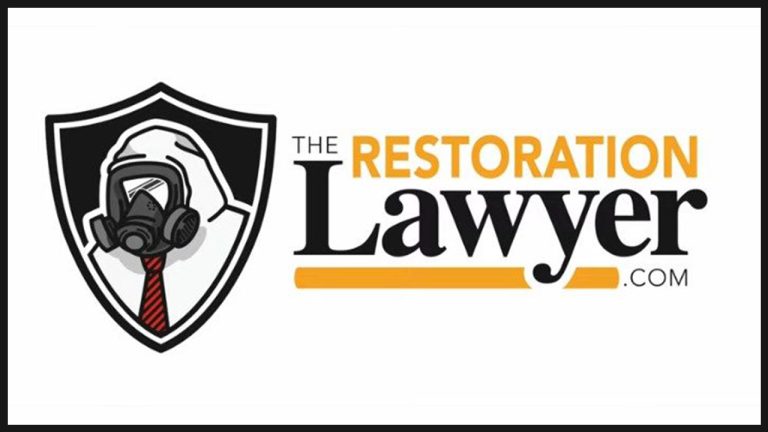Cross Examination: Don’t Let Your Cats Turn Into Dogs
How to Manage the Risks of Catastrophe Recovery Work
Entering the CAT world is one of the riskiest business decisions a contractor can make. If you plan to pick up your business and move it to a disaster area for a month or more, you must consider everything. Many contractors race to the disaster area without signed jobs, licensure, legal contracts, or enough materials to cover the potential worksites or provide shelter and water for their workers. Some restoration companies have not recovered from their first CAT loss. Entering a CAT zone staggering may damage your business reputation, with far-reaching effects. The calls that come into my law office are usually along the lines of:
“I’m a contractor out here in state A and did 2 CAT losses in Texas about a year ago during that big disaster. I received an initial deposit but have still not been paid for the completed work. Can you help me collect?”
Uncle Ed is here to give some tips to prevent you from suffering from such big losses. CAT work presents a great opportunity if the timing is right. You must be fully prepared, legally, financially, and operationally to venture into a CAT zone and provide superior service.
Tips
- Licensure: Many contractors falsely assume they can simply work under someone else’s license. Contractor’s licenses are not umbrellas. Although certain areas may temporarily relax licensing requirements in a crisis, many states require workers to have a license or be a W2 employee of a licensed contractor. The penalties of performing work without a license can be extremely severe such as forfeiture of payment or criminal penalties.
- Contracts: Each state has specific requirements for what must be included in the contracts. Most requirements are for residential work, but some apply to commercial work. If you don’t provide the required notices and disclosures, your contract could be declared “illegal,” which will be a collection nightmare. (Have an attorney licensed in the CAT area look at your contracts before you head to a CAT zone to ensure they comply with state law).
- Collections: Insurance coverage is often highly uncertain in CAT losses, so it may be perilous to accept CAT work for clients who lack the resources to pay the total amount of a restoration invoice. Carriers may take many months to analyze the claim. Floods differ from typical water losses, many policies exclude floods, and others are detailed down to the types and quantities of drying equipment used.
To get more details and additional tips, read the full C&R article: Don’t Let Your Cats Turn Into Dogs.






